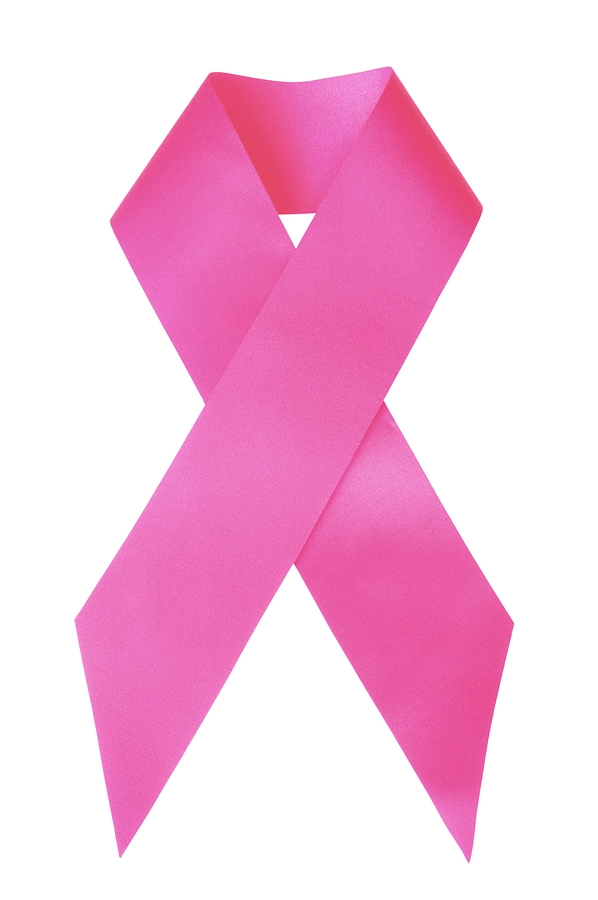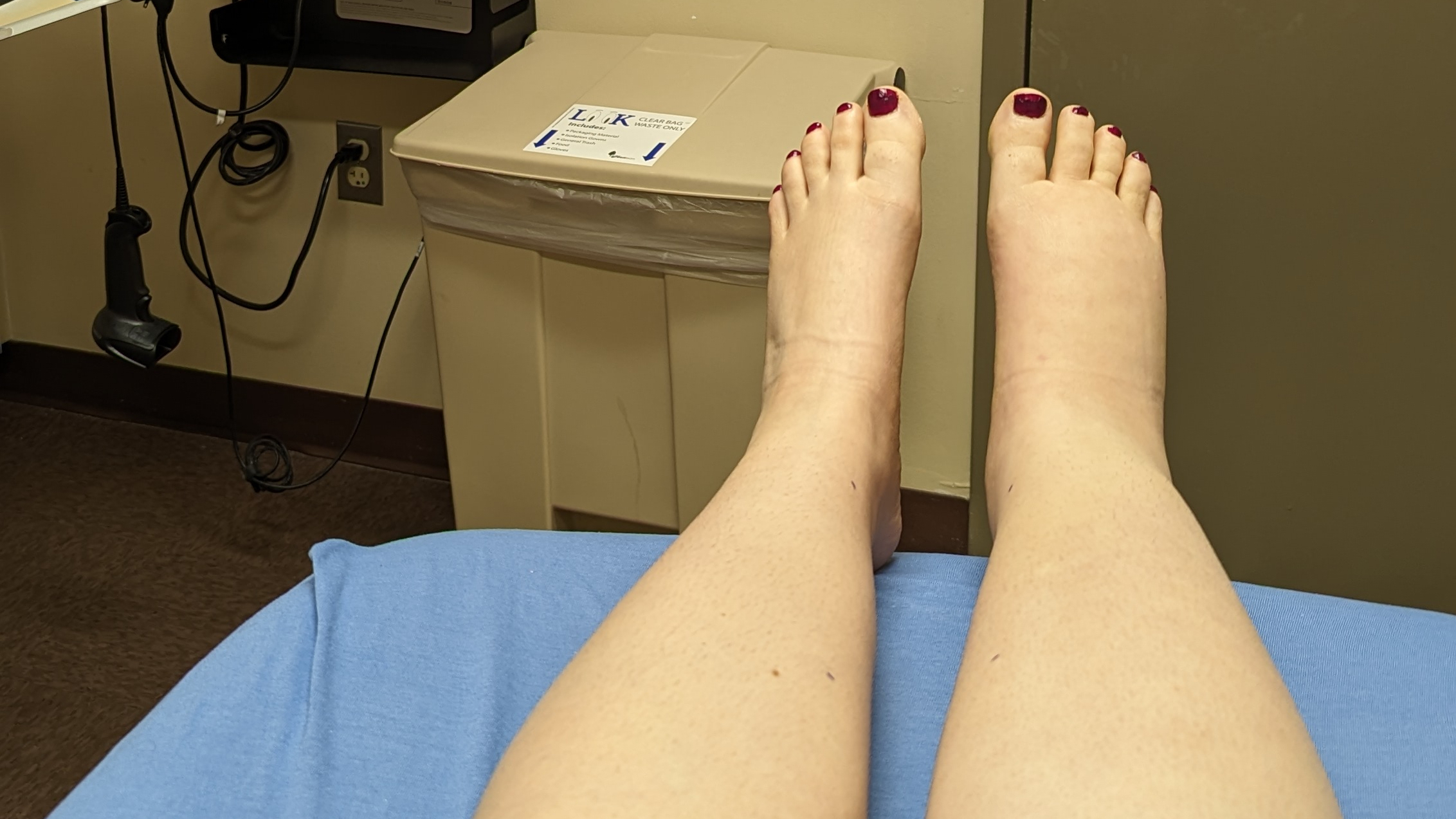A few weeks ago, HealthDay News reporter Amy Norton wrote an article on Philly.com about a new tumor-freezing technique that may become an alternative to surgery for those with early stage breast cancer.
The process, called cryoablation or cryotherapy, uses substances such as liquid nitrogen or argon gas to freeze and destroy cancer cells. It is less invasive than surgery: a surgeon inserts a thin probe through a small incision in the skin and then, guided by ultrasound technology, targets and freezes the tumor. Cryoablation can be done with local anesthesia and does not leave a surgical scar, so it already has some advantages over the traditional surgery. It is already an option for benign breast tumors (fibroadenomas) and for certain cancers – such as skin, prostate, and liver cancers – but researchers are only recently beginning to look into the potential it has as a treatment for breast cancer.
According to a preliminary study that included 86 women with early stage invasive ductal breast cancer (meaning the cancer has begun to invade the fatty tissue around the milk ducts), cryoablation was moderately successful. It had gotten rid of the cancer in 69% of the women tested – the rest of the women still had some “residual” cancer. However, the treatment was completely effective in a subset of women with tumors around one centimeter or less.
Cryotherapy technology still has a ways to go, but it is good to know that researchers are actively seeking out less invasive treatments for early breast cancer, ones that could possibly eliminate the development of lymphedema afterwards. With some refinement and modifications to cryotherapy, it could become a great alternative for patients who do not want to undergo the traditional surgical treatment for breast cancer, as well as minimize the risk of lymphedema.
Have you heard about cryoablation? Do you think it sounds like a promising alternative?




Leave a Reply